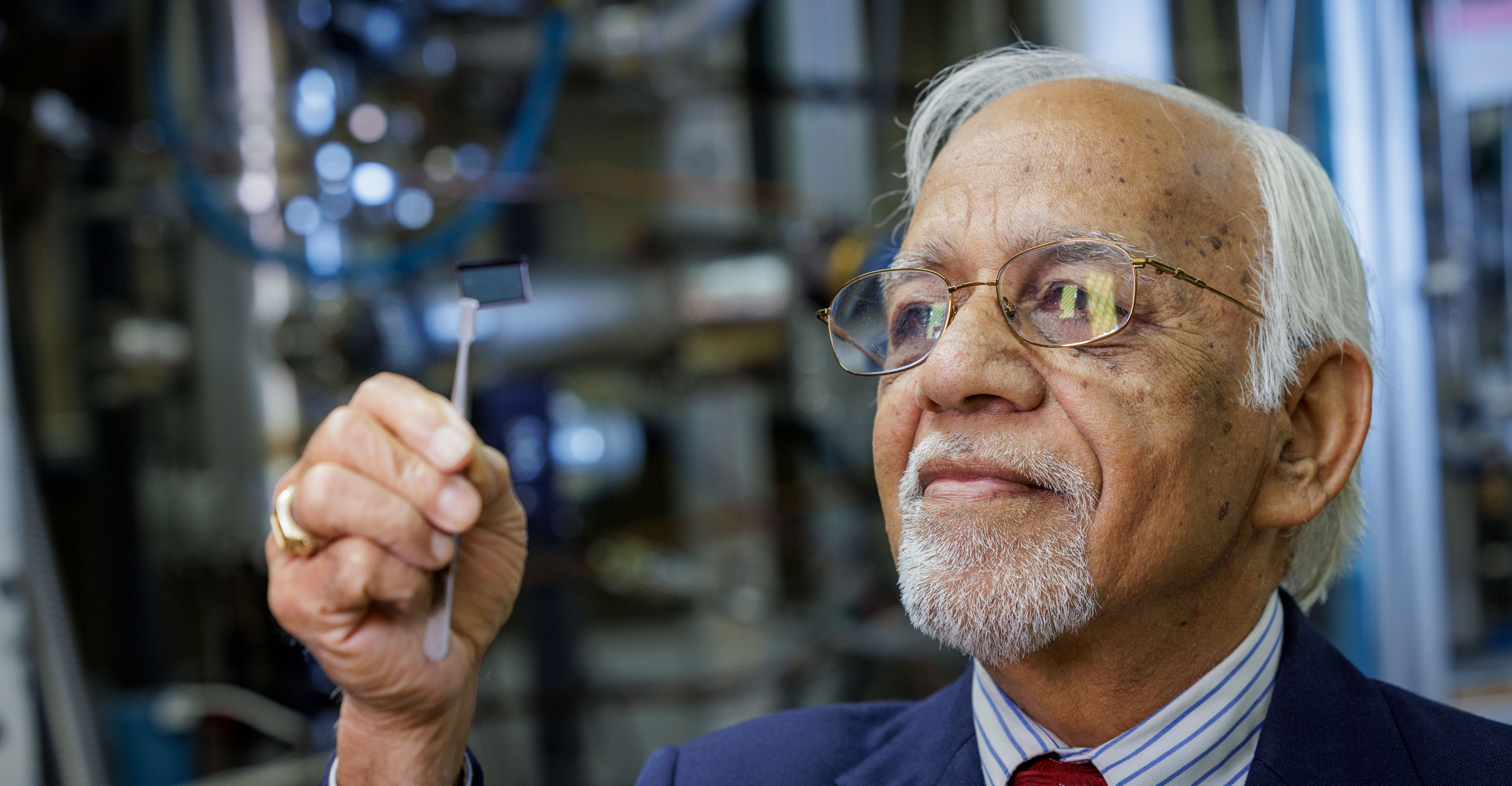
Cowboy Way: Dr. Raj Singh
Wednesday, December 18, 2024
Media Contact: Mack Burke | Associate Director of Media Relations | 4050744-5540 | editor@okstate.edu
When Dr. Raj Singh grew up in India, his family encouraged him to study science. In school, he learned he could use chemistry to create materials, which guided him to his current engineering field.
After Singh received his bachelor’s degree in metallurgical engineering, he earned his Ph.D. from Massachusetts Institute of Technology and worked at many high-profile institutions across the country. In 2012, he came to Oklahoma State University-Tulsa to help launch Oklahoma’s first materials science and engineering department.
This year, Singh received two prestigious honors selected by his peers in the field. The first was being named a Fellow of the American Association for the Advancement of Science, and the second was being inducted into the National Academy of Engineering.
“I’m quite delighted and happy to receive those recognitions,” Singh said. “The National Academy of Engineering is one of the highest awards one can get as an engineer. It’s exciting and humbling at the same time.”
Singh works at Helmerich Research Center in Tulsa, a facility focused on advancing the discipline of materials science and engineering and assisting local industries. Singh said OSU has been quite supportive of his operation, providing resources to purchase equipment and facilitating anything required to advance research.
“We started this in 2012, and we have graduated numerous students with advanced degrees, master’s and Ph.D., and we are working in all kinds of high-tech research areas, including materials for batteries, fuel cells, composites, quantum material and their manufacturing, ” Singh said. “We are quite excited to be here.”
Singh has worked on many projects, including research on improving lithium-ion batteries in phones or cars and inventing ceramic composites for commercial jet engines to make them lighter and reduce pollution. Another project Singh is involved in uses diamond nanoparticles coated with cancer drugs and antibodies to administer them locally.
In the past, Singh has encouraged his students to be curious. Curiosity invites a new perspective, letting people become more observant and leading to more questions being asked. Singh believes that bringing curiosity into schoolwork allows students to stay excited and reject feelings of boredom. Asking questions and desiring answers guides them to become more interested in their learning.
“People develop a passion for doing and finding new ways of doing things, not just in science and technology, but everyday life,” Singh said. “That kind of mindset is always helpful. Being curious as an engineer or a student will always give you an edge to do better in not just studies, but when you go outside and work for a company or another university, you will always be excited, and you will also excite your students to do better.
“It is a mentoring process driven by curiosity about anything and everything.”
Photos by: Gary Lawson
Story by: Mak Vandruff | STATE Magazine
